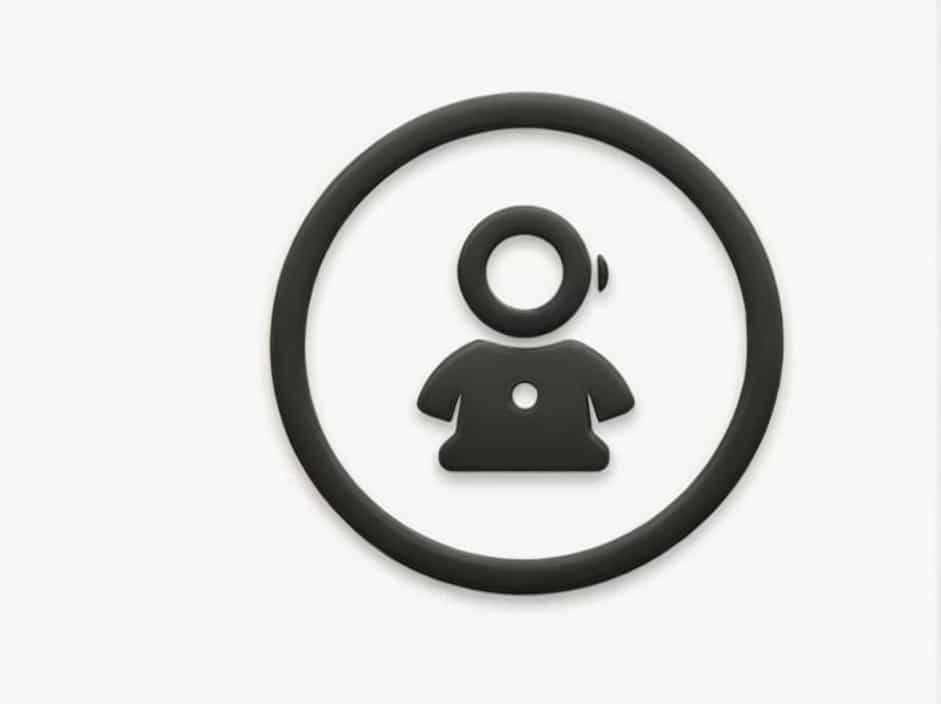Effective communication is essential for divers to ensure safety, coordination, and efficient underwater operations. Unlike on land, where people can talk freely, underwater communication is limited by environmental factors such as water pressure, visibility, and the inability to speak clearly with a regulator in the mouth.
Divers rely on quick communication methods to convey important messages, warn of dangers, and coordinate movements. Understanding these communication techniques can prevent accidents, enhance teamwork, and improve the overall diving experience.
Why Quick Communication Is Essential for Divers
Communication underwater must be fast, clear, and reliable because:
-
Emergency situations require immediate responses.
-
Strong currents or poor visibility can separate divers.
-
Team coordination is necessary for group diving or underwater work.
-
Equipment failures may require assistance.
For these reasons, divers use several methods to communicate effectively.
Hand Signals: The Most Common Communication Method
Hand signals are the primary mode of underwater communication. They are easy to learn, effective, and universally recognized among divers. Some of the most important signals include:
1. OK Signal
-
How to do it: Form a circle with the thumb and index finger while keeping the other three fingers extended.
-
Purpose: Used to check if a diver is okay or to confirm that everything is fine.
2. Problem Signal
-
How to do it: Move a flat hand side to side.
-
Purpose: Indicates that there is an issue that needs attention.
3. Out of Air Signal
-
How to do it: Move a hand across the throat in a cutting motion.
-
Purpose: Signals an urgent need for air and assistance.
4. Ascend and Descend Signals
-
How to do it:
-
Point a thumb up to ascend.
-
Point a thumb down to descend.
-
-
Purpose: Helps divers control their depth safely.
5. Stop Signal
-
How to do it: Extend a flat hand, palm facing outward.
-
Purpose: Tells another diver to stop immediately.
Learning and practicing these hand signals before a dive ensures smooth communication underwater.
Underwater Writing Slates: For Complex Messages
Hand signals are great for basic communication, but they have limitations when it comes to detailed instructions or discussions. In such cases, divers use underwater writing slates.
Advantages of Writing Slates:
-
Useful for long messages that cannot be explained through hand signals.
-
Helps in training, research, and technical diving.
-
Can be erased and reused multiple times.
These slates are especially beneficial for scientific divers, instructors, and photographers who need to take notes underwater.
Dive Lights: Communication in Low Visibility
When diving at night, in caves, or in murky water, hand signals alone are not effective. In such situations, divers use dive lights to communicate.
How Dive Lights Are Used:
-
Moving the light in a circular motion = "OK" signal.
-
Shaking the light side to side = "Problem" signal.
-
Turning the light on and off repeatedly = Emergency signal.
Using bright, waterproof dive lights helps divers stay visible and communicate easily.
Diver-to-Diver Touch Signals: Essential for Zero Visibility
In extremely dark or murky conditions, divers may not see each other’s hand signals or dive lights. In these cases, they rely on touch communication, also known as tactile signals.
Examples of Touch Signals:
-
Tap on the arm or shoulder = Asking if the diver is okay.
-
Two taps on the hand = Confirming that everything is fine.
-
Squeeze on the hand = Problem or distress signal.
Touch signals are widely used by cave divers and technical divers, where visibility can be completely nonexistent.
Underwater Communication Devices: High-Tech Solutions
Advancements in diving technology have introduced underwater communication devices that allow divers to talk to each other. These include:
1. Full-Face Mask with Communication System
-
Allows divers to speak through a microphone inside the mask.
-
Uses radio signals to transmit messages.
-
Common in military, commercial, and rescue diving.
2. Diver-to-Diver Radios
-
Wireless devices that work using ultrasonic waves.
-
Enable real-time voice communication.
-
Useful for deep-sea and technical diving.
While these devices are more expensive than traditional methods, they are essential for professional diving operations.
Surface Marker Buoys (SMBs): Communication with the Surface
Sometimes, divers need to communicate with the surface crew. One of the most effective tools for this is a Surface Marker Buoy (SMB).
How SMBs Work:
-
A bright-colored inflatable buoy is deployed from underwater.
-
The surface team can see the buoy and track the diver’s position.
-
Some SMBs come with attached messages to convey specific information.
SMBs are commonly used in deep-sea diving, wreck diving, and drift diving.
Emergency Communication: Signals That Can Save Lives
Quick and clear emergency communication can make the difference between life and death in diving. Some critical emergency communication methods include:
1. Air-Sharing Signal
-
Indicates a diver is out of air and needs help.
-
The assisting diver provides their alternate air source.
2. Distress Signal
-
How to do it: Wave both arms or flashlight side to side.
-
Used when a diver is in trouble and needs immediate help.
3. Emergency Ascent Signal
-
Indicates the need for an immediate but controlled ascent.
-
Often accompanied by a pointed thumb-up hand signal.
Practicing emergency signals before every dive ensures that divers are prepared for unexpected situations.
Choosing the Right Communication Method
The best method of communication depends on:
-
The environment: Clear waters allow for hand signals, while dark conditions require lights or touch signals.
-
The type of dive: Recreational divers use basic hand signals, while technical divers rely on writing slates or communication devices.
-
The number of divers: Larger groups benefit from voice communication systems.
Quick communication is vital for divers to ensure safety, efficiency, and teamwork underwater. Whether using hand signals, writing slates, dive lights, or advanced communication devices, it is essential to understand and practice these methods before every dive.
By mastering these communication techniques, divers can enjoy a safer and more coordinated underwater experience.
